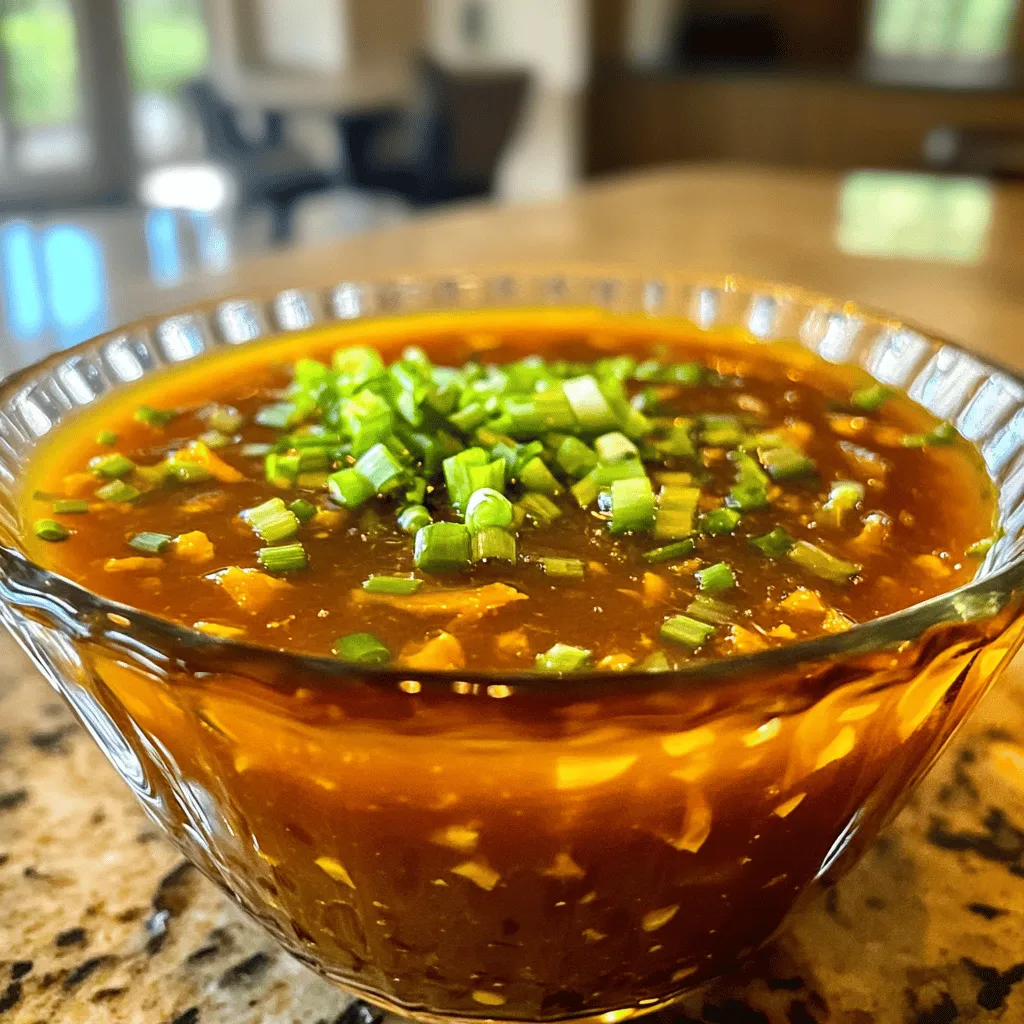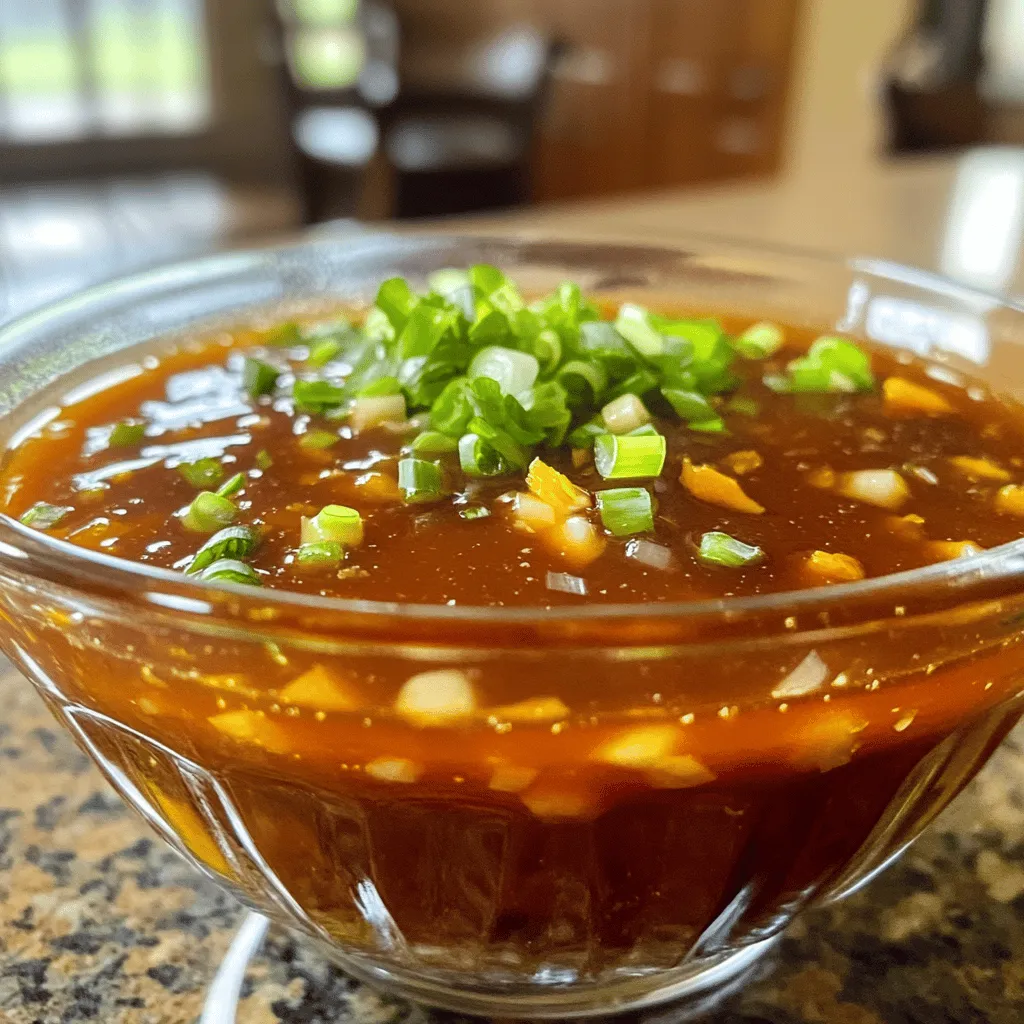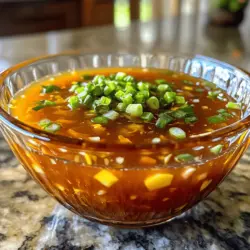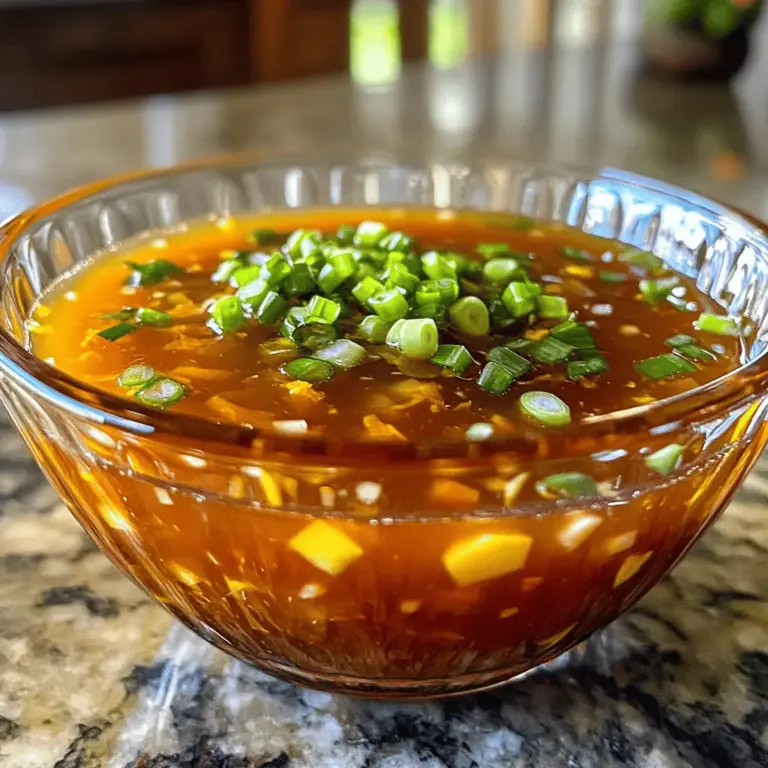Are you ready to elevate your cooking? In this guide, I’ll share an easy and flavorful stir fry sauce recipe that anyone can master. With just a few simple ingredients, you can create a sauce that transforms your meals. From customizing flavors to exploring variations, I’ll help you make your stir fry dreams come true. Let’s jump into this delicious journey and get you cooking like a pro!
What Are the Essential Ingredients for a Great Stir Fry Sauce?
When making stir fry sauce, you need a few key ingredients. These ingredients give your sauce flavor and depth.
The first ingredient is soy sauce. It adds saltiness and umami. You can also use tamari if you want a gluten-free option. Next, fresh citrus juice, like orange juice, brightens the sauce. It adds a sweet and tangy flavor. Rice vinegar gives acidity and balance.
Hoisin sauce is another must. It adds sweetness and a hint of spice. Sesame oil gives a nutty aroma and flavor. Grated ginger brings warmth and freshness, while minced garlic adds depth. If you like heat, red pepper flakes can add spice. Lastly, cornstarch mixed with water thickens the sauce.
These ingredients work together to create a well-rounded flavor. You can adjust them to suit your taste. For example, if you want it sweeter, add more hoisin sauce. If you prefer a tangier sauce, increase the rice vinegar.
You can also make substitutions. If you don’t have hoisin sauce, try a mix of soy sauce and sugar. For those avoiding soy, coconut aminos works well. If you lack fresh ginger, ground ginger can be a good stand-in.
This easy and flavorful stir fry sauce recipe is a great starting point for your culinary adventures. Use it to create delicious meals in no time!
How Do You Make Easy Homemade Stir Fry Sauce?
Making homemade stir fry sauce is simple and fun. This sauce adds great flavor to your meals.
What is the Basic Recipe for Stir Fry Sauce?
The basic recipe for stir fry sauce includes a few key ingredients. You need soy sauce, fresh orange juice, rice vinegar, hoisin sauce, sesame oil, ginger, garlic, and cornstarch. Start by mixing the soy sauce, orange juice, rice vinegar, hoisin sauce, and sesame oil in a bowl. This forms the base of your sauce. Next, add grated ginger and minced garlic. These ingredients boost the flavor. Finally, mix cornstarch with water to thicken the sauce. This creates a rich texture.
How Can You Customize Your Sauce?
You can customize this sauce easily. Want more spice? Add red pepper flakes. Prefer a sweeter taste? Add more hoisin sauce or a touch of honey. You can also swap soy sauce for tamari if you need a gluten-free option. Feel free to try different citrus juices like lime or lemon. This way, you can make a sauce that fits your taste.
What Are Some Tips for Preparation?
Preparation is key to a great stir fry sauce. First, always use fresh ingredients. Fresh garlic and ginger provide the best flavor. Second, heat the sauce gently in a saucepan. This helps the flavors blend well. Stir it often to avoid lumps. Lastly, let the sauce cool before using it. This helps it thicken even more. You can store any extra sauce in the fridge for about a week.Enjoy your cooking!

What Are the Best Stir Fry Sauce Variations to Try?
Stir fry sauce is not just one flavor. It has many variations. You can create a mix that fits your taste. Here are some great ideas.
What Are Popular Regional Variations?
Many regions have their own twist on stir fry sauce. For example, the Asian stir fry sauce often uses soy sauce as a base. It may also have garlic, ginger, and sesame oil. In Thailand, they may add fish sauce and lime juice for a tangy kick. Each region brings its own flair.
How Do Different Ingredients Change the Flavor Profile?
Changing just one ingredient can change the whole sauce. If you add chili paste, you make a spicy stir fry sauce. This adds heat and depth. On the other hand, using honey instead of sugar gives a sweet touch. The balance of sweet, salty, and spicy creates a tasty sauce.
Can You Create Dietary-Specific Variations?
Yes, you can make sauces for specific diets. If you’re gluten-free, use tamari instead of soy sauce. For a vegan option, skip the fish sauce. You can even make a low-sodium version by using less soy sauce. This way, everyone can enjoy your stir fry dish.
What Are Some Recommended Uses for Stir Fry Sauce?
Stir fry sauce is a star player in many dishes. You can use it with chicken, beef, or vegetables. Each protein brings its own taste to the mix.
How Can You Pair Sauce with Different Proteins?
For chicken, stir fry sauce adds a sweet and savory kick. I love marinating chicken in the sauce before cooking. The flavors sink in well and make each bite juicy. For beef, the sauce enhances the rich flavor of the meat. A quick sear with the sauce creates a tasty glaze. It brings out the beef’s natural umami. Try a blend of both meats for a hearty dish.
What Are the Best Vegetables to Use with Stir Fry Sauce?
When it comes to vegetables, think vibrant and crunchy. Bell peppers, broccoli, and snap peas work great. They cook fast and keep their bite. I like to toss in some carrots for color and sweetness. Mushrooms add a nice earthy flavor, too. Use whatever you have on hand. Fresh, in-season veggies make the best stir fry.
How Do You Incorporate Stir Fry Sauce into Different Dishes?
You can use stir fry sauce in many ways. It’s not just for stir fries! Drizzle it over rice or noodles for extra flavor. You can also use it as a glaze for grilled meats. Mix it into soups or stews for a depth of taste. Try it in wraps or salads for a zesty twist. For a quick meal, toss your favorite protein and veggies with the sauce.Enjoy experimenting!

What Should You Know About Storing and Reheating Stir Fry Sauce?
When you have leftover stir fry sauce, you want to store it right. Place it in an airtight container. This keeps the sauce fresh and tasty. You can keep it in your fridge for up to one week. Just make sure the lid is tight.
Homemade stir fry sauce lasts about a week in the fridge. If you notice any change in color or smell, it’s best to throw it out. Always check for signs of spoilage.
To reheat your stir fry sauce, pour it into a small pan. Heat it on low to medium heat. Stir it often to avoid burning. This way, you keep all the great flavors intact. You can also reheat it in the microwave. Just use a microwave-safe bowl and heat it in short bursts. Stir in between to ensure even heating.
Using these tips helps you enjoy your stir fry sauce longer. You can make quick meals with it anytime.
What Are Some Tips and Best Practices for Using Stir Fry Sauce Effectively?
Using stir fry sauce well can make your dishes shine. Here are some tips to help you.
What Cooking Techniques Enhance the Use of Stir Fry Sauce?
Start with a hot pan. Heat your wok or skillet until it is very hot. This helps the sauce coat the food evenly. Add oil with a high smoke point, like canola or peanut oil. This gives a nice sear to your protein and veggies. Stir often to keep everything cooking well. This keeps your food from burning and helps it cook evenly.
How Can You Layer Flavors in Your Stir Fry?
Layering flavors makes your dish more exciting. Begin with aromatics like garlic and ginger. This adds a great base flavor. Next, add your protein. Cook it until it is just done. Then, add your veggies. Stir fry them quickly to keep them crisp. Finally, pour in your stir fry sauce. This allows the sauce to blend with the food and add depth. You can also finish with fresh herbs or citrus for a bright touch.
What Are Some Common Mistakes to Avoid?
One mistake is adding too much sauce at once. This can make your dish too salty or soggy. Start with a small amount. You can always add more later. Another mistake is not prepping your ingredients first. Have everything ready to go before you start cooking. This keeps the process smooth and fast. Lastly, avoid overcrowding the pan. If you add too much food, it will steam instead of fry. This can ruin the texture of your dish.It is easy and packed with flavor.
A great stir fry sauce enhances your dishes. You learned about key ingredients, substitutions, and flavor profiles. Making your sauce at home gives you full control. I shared tips for preparation and ways to customize it.
Explore different regional variations to suit your taste. Store your leftover sauce properly to maximize its shelf life. Use effective techniques to get the most flavor from your sauce. With these insights, you can stir fry like a pro!



